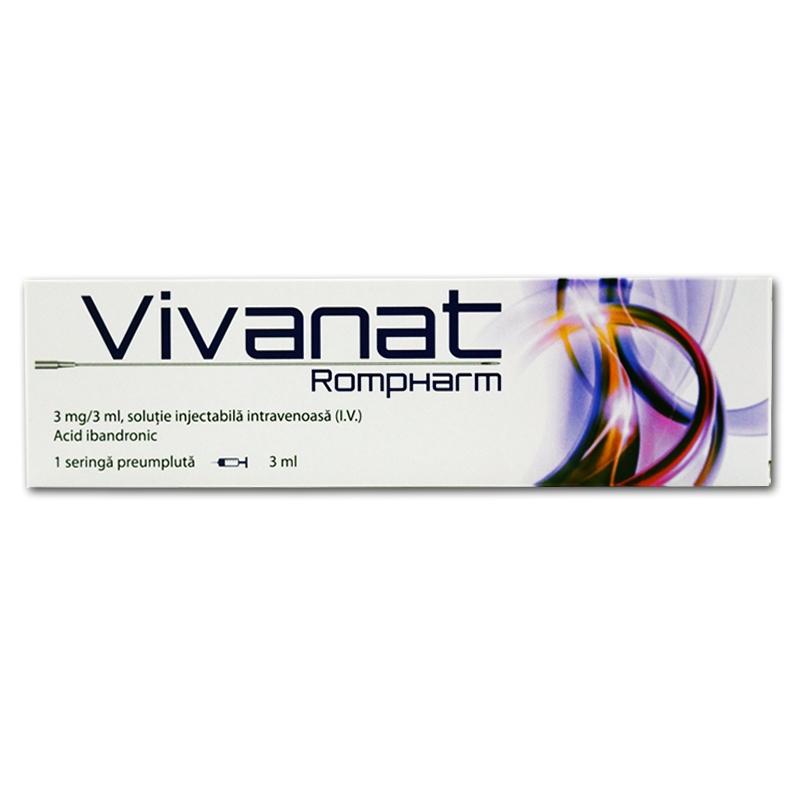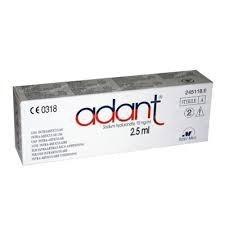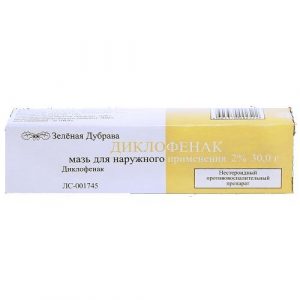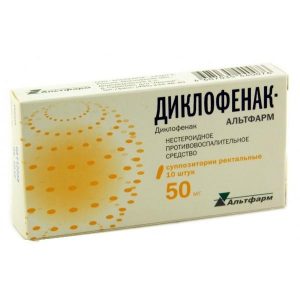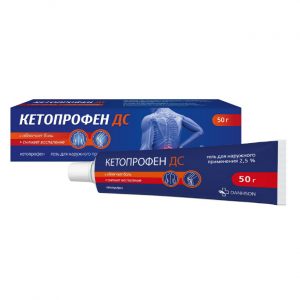Description
Latin name
VIVANAT ROMPHARM
Dosage form
Solution for intravenous administration
Pharmacological action
Bone resorption inhibitor, nitrogen-containing bisphosphonate. It has a selective effect on bone tissue, which is due to the high affinity for hydroxyapatite, which makes up the bone mineral matrix. Ibandronic acid suppresses bone resorption and does not directly affect bone formation.
ibandronic acid prevents bone destruction, caused by cessation of gonadal function, retinoids, tumors and tumor extracts in vivo.
In postmenopausal women, it reduces the increased rate of bone renewal to the level of reproductive age, which leads to a progressive increase in bone mass.
Ibandronic acid prevents the development of new and reduces the growth of existing bone metastases. It has a dose-dependent inhibitory effect on tumor osteolysis.
Indications
Postmenopausal osteoporosis to prevent fractures.
Metastatic bone damage in order to reduce the risk of hypercalcemia, pathological fractures, reduce pain, reduce the need for radiation therapy for pain and the threat of fractures.
Hypercalcemia in malignant neoplasms.
Contraindications
For oral and iv administration: hypocalcemia, severe renal dysfunction (CC <30 ml / min), damage to the esophagus, leading to delayed emptying, such as stricture or achalasia (for oral administration), pregnancy, lactation (breastfeeding), children and adolescents under 18 years of age, hypersensitivity to ibandronic acid. For oral administration: lesions of the esophagus leading to a delay in emptying, such as stricture or achalasia, inability to sit or stand for 60 minutes. Use during pregnancy and lactation Contraindicated in pregnancy and lactation. Special instructions Use with caution in patients with hypersensitivity to other bisphosphonates. During treatment, plasma renal function, calcium, phosphorus and magnesium levels should be monitored. It is recommended to avoid excessive hydration in patients with circulatory failure. It should be borne in mind that the use of bisphosphonates can cause bronchospasm in patients with bronchial asthma and with increased sensitivity to acetylsalicylic acid. Avoid intra-arterial administration. Products containing calcium and other polyvalent cations (e.g. aluminum, magnesium, iron), including milk and solid foods, may interfere with the absorption of ibandronic acid (they should be consumed no earlier than 30 minutes after oral administration of the drug). Composition 1 ml: sodium ibandronate monohydrate – 1.125 mg, which corresponds to the content of ibandronic acid 1 mg. Excipients: sodium acetate trihydrate – 0.2 mg, glacial acetic acid – 0.5 mg, sodium chloride – 8.6 mg, acetic acid 1% solution – up to pH 3.7-4.0, water d / and – up to 1 ml. Dosage and administration Used orally or iv. Dose and dosage regimen depends on the indication and clinical situation. Side effects of the Digestive system: often – dyspepsia (nausea, abdominal pain), flatulence, diarrhea, constipation, gastritis, gastroenteritis, reception, gastroenteritis, when taken orally – esophagitis, including ulceration of the esophagus or stricture, dysphagia, vomiting rarely – duodenitis. From the nervous system and psyche: often – headache, dizziness, insomnia. From the skin and subcutaneous tissues: often – rash. Allergic reactions: rarely – angioedema, swelling of the face, urticaria. From the musculoskeletal system: often – arthralgia, myalgia, limb pain, osteoarthritis, back pain, musculoskeletal pain infrequently – bone pain rarely – atypical underwent and diaphyseal fractures of the femur (typical for the class of bisphosphonates) very rarely – osteonecrosis of the jaw. On the part of the organ of vision: rarely, inflammatory eye diseases. On the part of the body as a whole: often – a flu-like syndrome, weakness infrequently – asthenia. Other: often – nasopharyngitis, cystitis, urinary tract infections, bronchitis, upper respiratory tract infections, arterial hypertension, hypercholesterolemia infrequently – reactions at the injection site, phlebitis, thrombophlebitis is rare – hypersensitivity reactions with iv administration may cause a short-term decrease in serum calcium levels. Drug Interactions With simultaneous use with aminoglycosides, hypocalcemia may develop (since these active substances reduce serum calcium levels for a long time) hypomagnesemia is possible. Deystvuyuschee substances Ybandronovaya acid Terms and conditions prescription dosage form injection
